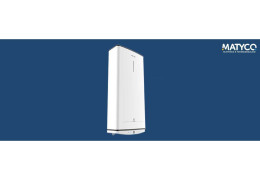Search in blog
Blog categories
Latest posts

The growing digitalization in the banking sector has led to a significant evolution in payment methods, making...

In physics, electric and magnetic fields are two fundamental phenomena that are closely related, known as...

Autoclaves are essential for maintaining constant water pressure in both residential and industrial contexts. Find...

Carbon monoxide (CO) is a colorless, odorless, and tasteless gas that can be extremely dangerous to human health. It...

In the current context, the safety of one's home has become a priority for many Italians. To encourage investments in...
Popular posts





Featured posts















Latest comments